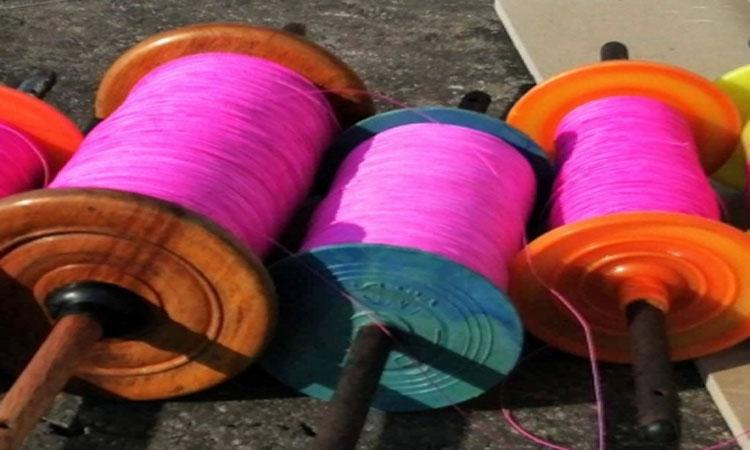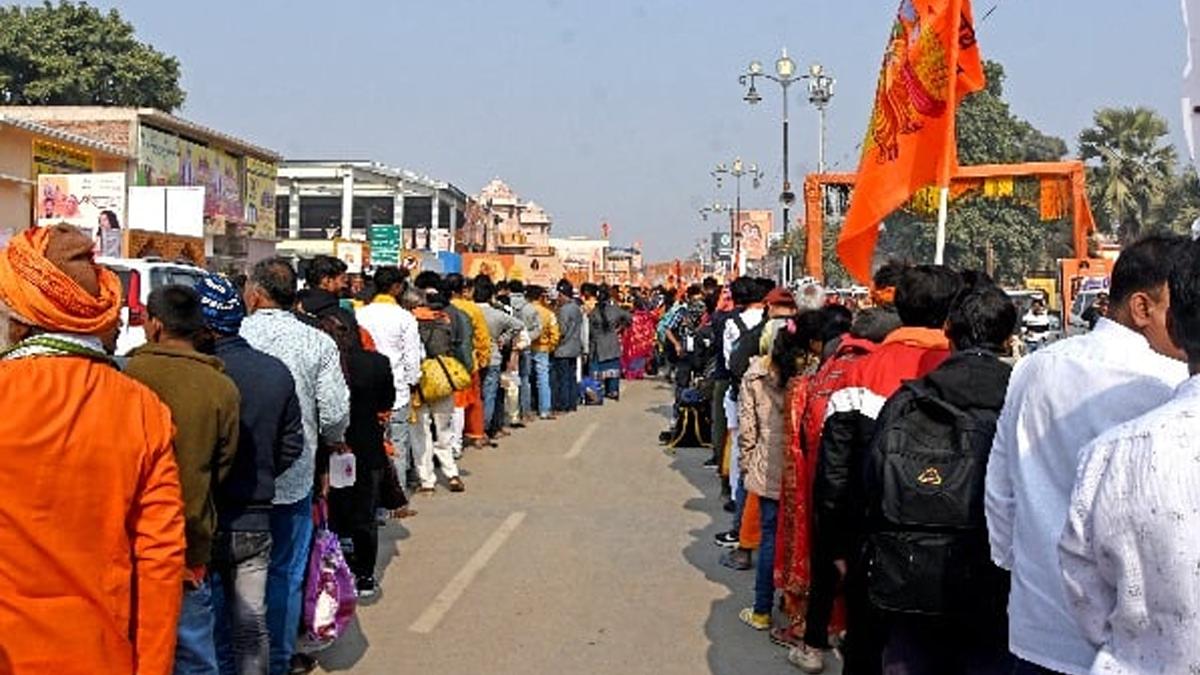The country will be celebrating its 75th Independence Day in just a fortnight and the skies will be filled with colourful kites, adding a special flavour to the pan-India celebrations.
Kite flying has been an integral part of Indian culture for several decades, especially during the time of Independence Day.
Turning over the pages of history, the tradition of kite flying around August 15 began during India's freedom movement to counter British rule. British politician, John Simon, was supposed to arrive in India in 1928 to study constitutional reforms in Britain's largest and most important possession.
However, the Simon Commission was opposed 'tooth and nail' by the Indians and the slogans of 'Simon Commission Go Back' rented the air of the Indian subcontinent. It was at that time, some people chose to fly kites with 'Simon Commission Go Back' written on it and years later after India gained Independence, it became a tradition.
But who would have thought that such a delightful sport would one day become a serious cause of concern!
Also Read | Allahabad High Court directs compensation for Covid-19 victims
The problem is not with the tradition of kite flying but the thread, popularly known as Chinese Manjha, used to fly it. The manufacturers of Chinese Manjha use glass and metal powder coating over it which at times causes grievous and fatal injuries to humans and birds.
After much deliberations, Delhi government had banned the sale, production, storage, supply, import, and use of kite flying thread made out of nylon, plastic or any other synthetic material, including popularly known as "Chinese manjha" and any other kite-flying thread that is sharp or made sharp such as by being laced with glass, metal or any other sharp materials in the National Capital Territory of Delhi in 2017, however, even after five years of prohibition, the dangerous thread is still claiming lives of humans, birds and even animals.


















